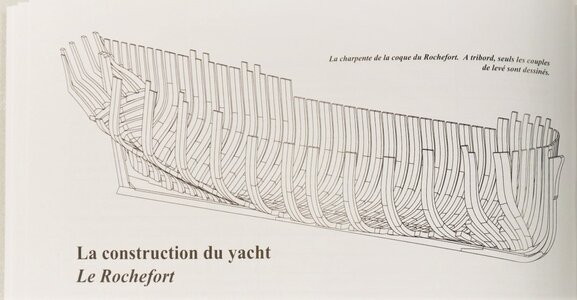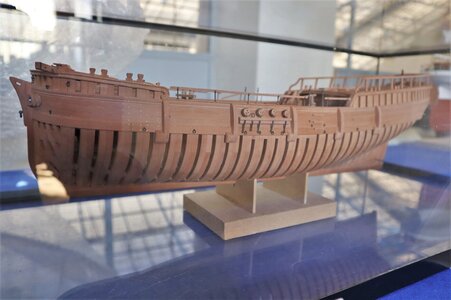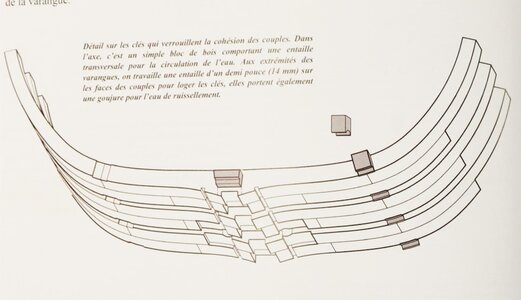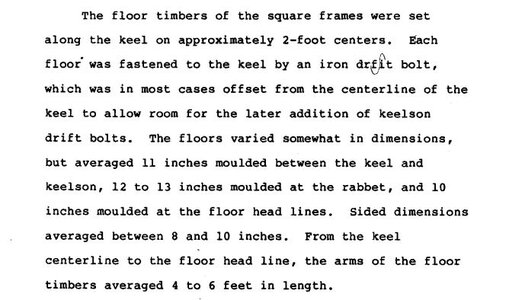Hi
I'm having a go at my first plank on frame model Le Rochefort 1/36 scale using Adrian Sorolla's guide book and Le Rochefort Monograph by Delacroix.
He calls for the dimensions of the frames to be 5.3mm thick. (I'm using cherry wood BTW).
Then once the frames are cut prior to gluing together and assembling, he advised running the frames through a table saw to acheive a standardised thickness.
I have found with my preparations I have some frame pieces only 4.9mm thick to 5.3mm thick. Is it going to be a big problem if I have standardize the frames all to 4.9mm thick? Obviously the only affect this would have would be the adjustment needed for the mortice cuts in the rising wood so as to acheive a good fit.
Otherwise I'm thinking I will have to start again and ensure my final frame thicknesses are 5.3mm.
I'm having a go at my first plank on frame model Le Rochefort 1/36 scale using Adrian Sorolla's guide book and Le Rochefort Monograph by Delacroix.
He calls for the dimensions of the frames to be 5.3mm thick. (I'm using cherry wood BTW).
Then once the frames are cut prior to gluing together and assembling, he advised running the frames through a table saw to acheive a standardised thickness.
I have found with my preparations I have some frame pieces only 4.9mm thick to 5.3mm thick. Is it going to be a big problem if I have standardize the frames all to 4.9mm thick? Obviously the only affect this would have would be the adjustment needed for the mortice cuts in the rising wood so as to acheive a good fit.
Otherwise I'm thinking I will have to start again and ensure my final frame thicknesses are 5.3mm.












